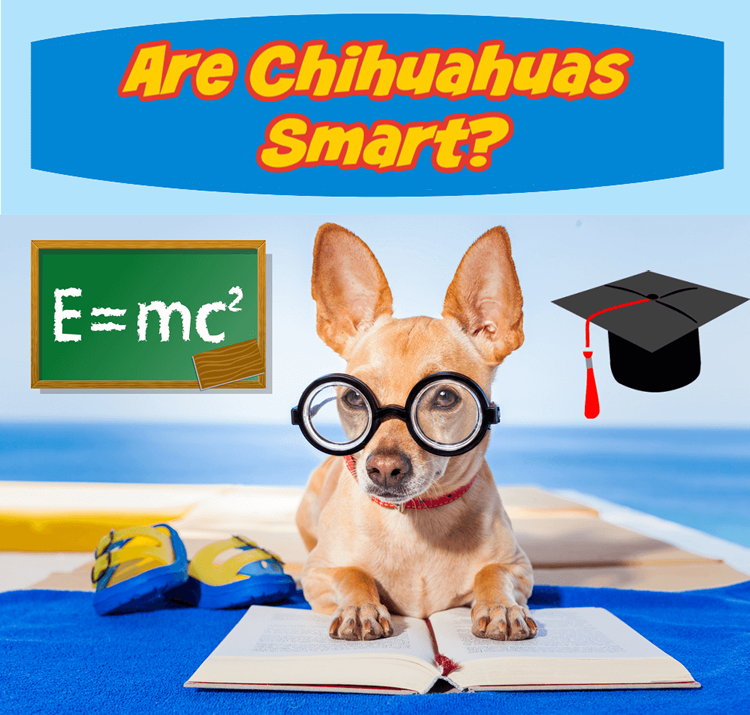
Chihuahuas are known for being loyal and affectionate, but are they smart? As social creatures, all dogs exhibit some degree of intelligence. They must socialize with their pack in the wild, and they must socialize with their human counterparts in domestic environments. As they interact with their pack or family members, they become more intelligent. To learn more about the IQ of Chihuahuas and whether they are smart, keep reading.
Are Some Breeds Really Smarter Than Others?
Canine intelligence is difficult to measure. We can measure human intelligence using IQ tests like the Stanford-Binet and Wechsler Adult Intelligence Scale (WAIS) tests, but there is no universally recognized IQ test available for dogs.
According to a study conducted by researchers at the University of Helsinki in Finland, however, some breeds are smarter than others. For the study, researchers performed a battery of smartDOG cognitive and behavior tests on 13 popular breeds.
Researchers discovered “significant differences” between the tested breeds for five of the seven cognitive tests. The Border Collie, for instance, scored higher on the inhibitory control test than the Malinois. The Australian Shepherd, on the other hand, scored higher on the unsolvable task test than the Golder Retriever. The Chihuahua wasn’t included in this particular study, but the team’s findings indicate that some breeds are smarter than others.
Researchers didn’t find any difference between the breeds for the short-term memory and reasoning tests.
The Intelligence of Dogs: Where the Chihuahua Stands
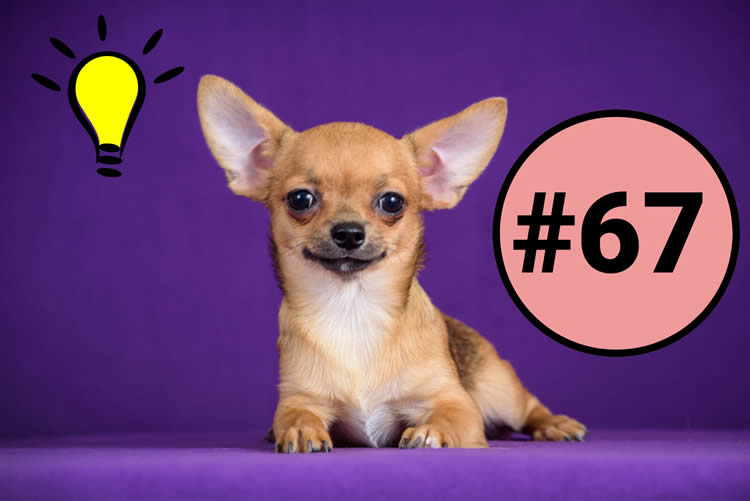
Research published in “The Intelligence of Dogs” suggests the Chihuahua is the 127th smartest breed out of 140 breeds surveyed, earning it a working and obedience intelligence ranking of #67.
Originally published in May 1994 — and later republished in 2006 with new insights and a new preface — “The Intelligence of Dogs” is an international best-seller that delves into the intelligence of man’s best friend. It was authored by Stanley Coren, PhD, Professor Emeritus of the Department of Psychology at the University of British Columbia.
After transitioning from neuropsychology to the study of dogs and the relationships between people and dogs in the early 1990s, Coren began working on “The Intelligence of Dogs.” At the time, there were only guides on canine health, training and breed information; there weren’t any guides on canine intelligence. This prompted Coren to investigate the intelligence of dogs, ranking 140 breeds by working and obedience intelligence based on survey responses.
Other notable dog books authored by Coren include:
- “The Pawprints of History: Dogs and the Course of Human Events”
- “The Wisdom of Dogs”
- “Do Dogs Dream? Nearly Everything Your Dog Wants You to Know”
- “Born to Bark: My Adventures with an Irrepressible and Unforgettable Dog”
- “Dogs All-In-One for Dummies”
- “The Modern Dog”
- “How to Speak Dog: Mastering the Art of Dog-Human Communication”
- “Why We Love The Dogs We Do”
- “What Do Dogs Know?”
The 3 Types of Canine Intelligence
Canine intelligence is closely correlated with a dog’s ability to perform tasks. Dogs that quickly and easily perform tasks are generally considered more intelligent than those that take longer or struggle to complete tasks. In “The Intelligence of Dogs,” Coren notes that there are three specific types of canine intelligence.
- Instinctive Intelligence: The innate ability to perform the tasks for which it was bred, such as retrieving waterfowl, herding livestock or guarding property.
- Adaptive Intelligence: The ability to adapt and learn how to perform tasks independently through experience and the dog’s environment, such as finding hidden treats or knocking over toy containers.
- Working and Obedience Intelligence: The ability to learn how to perform tasks from humans, such as standing or sitting in place on command. Working and obedience intelligence is essentially trainability, or how easy a dog is to train to compete in obedience trials.
The Methodology

The working and obedience intelligence rankings in Coren’s international best-seller are based on survey responses from American Kennel Club (AKC) and Canadian Kennel Club (CKC) judges. Coren sent an extensive questionnaire to all AKC and CKC obedience trial judges.
The questionnaire asked the judges to rate breeds based on the following criteria:
- The number of repetitions a breed needs to learn a new command given by a human trainer.
- The success rate of a breed obeying an already-taught command on the first attempt.
The questionnaire also asked the judges to rate which breeds they believe to be the 10 most intelligent and the 10 least intelligent. Coren received responses from 208 judges. He then ranked all of the breeds for which he received adequate response data. If a breed wasn’t included in at least 70 responses, Coren didn’t rank it.
Coren ranked a total of 140 breeds based on the judges’ scores. Some breeds earned identical scores, in which case they shared the same ranking. The Giant Schnauzer and Portuguese Water Dog, for instance, both ranked #28, whereas the Border Terrier and Briard both ranked #30. When accounting for ties such as this, the working and obedience intelligence rankings for 140 breeds ranged from #1 to #79.
Working and Obedience Intelligence Rankings

Coming in at #1, the top-ranked breed for working and obedience intelligence is the Border Collie. Border Collies are herding dogs. They were originally bred to herd sheep along the border of England and Scotland. Their long history of working with and obeying humans’ commands makes Border Collies exceptionally obedient.
There was a Border Collie named “Chaser” with a vocabulary equal to that of a three-year-old child. Chaser was the main subject of a study into canine intelligence spearheaded by John W. Pilley, Professor Emeritus of the Department of Psychology at Wofford College.
During the years-long project, Piley and his associates were able to teach Chaser the names of 1,022 objects. Coren’s findings in “The Intelligence of Dogs” reinforce the belief that the Border Collie is among the smartest, if not the smartest, breed on the planet.
At the bottom of Coren’s list is the Afghan Hound at #79. While elegant and affectionate, Afghan Hounds exhibit poor obedience based on the criteria based on Coren’s criteria. When compared to other breeds, they require more repetitions to learn new commands and have a lower success rate of obeying known commands on the first attempt.
The Chihuahua ranks #67 out of #79 for working and obedience intelligence. There are still 126 breeds with higher scores and 13 breeds with lower scores, though, suggesting the Chihuahua is the 127th smartest breed out of the 140 breeds surveyed.
According to Coren, rankings generally indicate the following:
- Breeds that rank #1 to #10 learn new commands in fewer than five repetitions and obey known commands on the first attempt 95% of the time or better.
- Breeds that rank #11 to #25 learn new commands in five to 15 repetitions and obey known commands on the first attempt 85% of the time.
- Breeds that rank #26 to #39 learn new commands in five to 25 repetitions and obey known commands on the first attempt 70% of the time.
- Breeds that rank #40 to #54 learn new commands in 25 to 40 repetitions and obey known commands on the first attempt 50% of the time.
- Breeds that rank #55 to #69 learn new commands in 40 to 80 repetitions and obey known commands on the first attempt 40% of the time.
- Breeds that rank #70 to #79 may require hundreds of repetitions to learn new commands, and they obey known commands on the first attempt 30 percent of the time.
Why the Chihuahua Ranks So Low for Working and Obedience Intelligence
Chihuahuas certainly aren’t dumb, so why do they rank so low for working and obedience intelligence? Intelligence is unique to each dog. Just like some people are smarter than other people, some dogs are smarter than other dogs. This applies to all breeds, including the Chihuahua. There are super-smart Chihuahuas that are brighter than the rest.
No methodology for testing canine intelligence is perfect, including Coren’s. Coren relied on responses from AKC and CKC obedience trial judges. If a breed performed poorly in obedience trials, it would typically receive low scores from judges and, thus, receive a low working and obedience intelligence ranking.
Obedience trials really only show how well a dog obeys his handler’s commands. Working breeds, such as the Border Collie and Golden Retriever, were originally bred to perform practical tasks, so they tend to have an innate ability to learn and obey human-instructed commands — more so than companion breeds like the Chihuahua.
The Chihuahua still ranks higher for working and obedience intelligence than many other breeds. Coren only ranked breeds for which he received adequate response data. There are 200 breeds recognized by the AKC, but Coren only ranked 140 of them. He ranked the Chihuahua #67, indicating that the Chihuahua is the 127th smartest breed out of 140 breeds for which he received adequate response data or 200 total breeds.
The Chihuahua’s low working and obedience intelligence ranking may be attributed to the breed’s stubbornness. These small dogs are known for being headstrong and stubborn, which can prove counterproductive during training sessions. You may give your Chihuahua a command, only for him to ignore you.
But you can’t blame Chihuahuas for being stubborn. Most Chihuahuas are stubborn because of the way in which they are trained. Owners either use punishment-based training or are inconsistent with their training approach, both of which Chihuahuas respond poorly to.
Are Chihuahuas Smart?
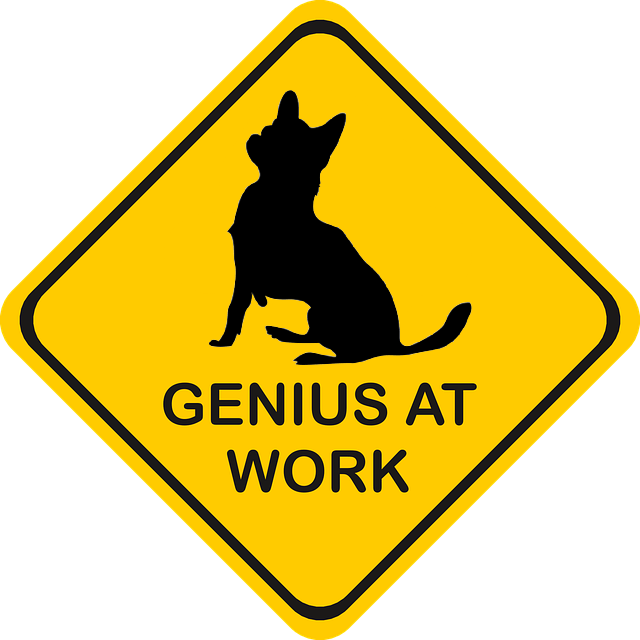
They may rank low for intelligence based on Coren’s research, but Chihuahuas are still smart. The AKC says the Chihuahua is “a very alert little dog of high intelligence” that can “excel in obedience training and other canine sports.” The CKC describes the Chihuahua’s temperament as being “saucy, superior intelligence.” If they weren’t smart, they wouldn’t be described as such by two of the world’s leading kennel organizations.
Memory and Retention
Chihuahuas have excellent memory and retention. They can remember routines, such as eating, walking and sleeping routines. Your Chihuahua, for instance, may go to his food bowl at the same time each day, expecting you to feed him, and he may lie down in his at the same time each night.
Chihuahuas can also remember the location of objects. Your Chihuahua may hide his favorite toy under a couch cushion, only to retrieve it the following day. Some Chihuahuas can remember the location of places like parks and veterinary clinics.
Chihuahuas can even remember the purpose of objects. When you grab your car keys, your Chihuahua may jump and bark with joy, believing he’s about to go for a car ride. If you bring home a tube of topical flea medicine, he may run and hide, believing you’re about to apply it. Excellent memory and retention is a sign of intelligence.
Perceptive of Emotions and Body Language
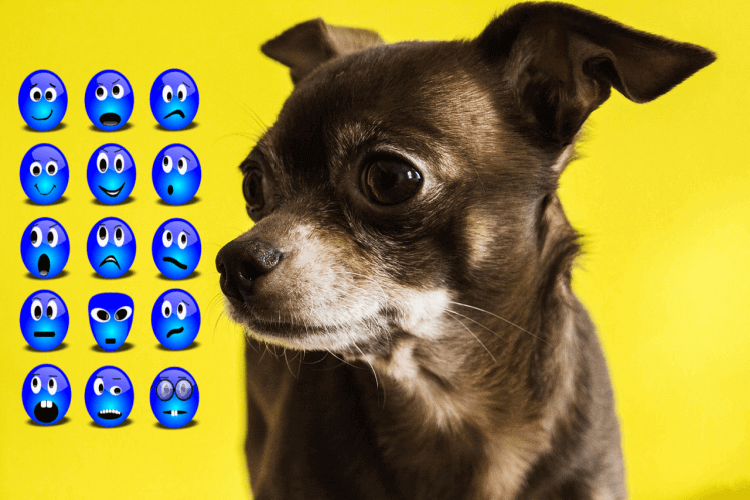
Chihuahuas are adept at reading their owners’ emotions and body language. By observing subtle cues, they know how their owners feel.
A study published in the journal Learning & Behavior found dogs can sense six human emotions: anger, happiness, sadness, fear, surprise and disgust. Chihuahuas, though, are more attuned to their owners’ emotions than many other breeds.
As companion dogs, Chihuahuas develop strong bonds with their owners. Your Chihuahua will probably spend most of his time by your side or in your lap. All the time your Chihuahua spends with you will improve his ability to sense your emotions and body language. Changes in your facial expression or the tone of your voice, for example, may convey a particular emotion that your Chihuahua is able to sense.
Fast Learners
Chihuahuas are fast learners. According to Coren, it typically takes 25 repetitions before they begin to understand a new command and 40 to 80 repetitions before they consistently respond to the command. That may sound like a lot, but you can easily reach 80 repetitions in just a handful of training sessions.
Because they learn so quickly, Chihuahuas often compete in obedience and agility trials. Obedience trials require participating dogs to obey their handler’s commands, such as heel, sit and stay. Agility trials, in comparison, require participating dogs to complete a timed obstacle course.
Eager to Please
Chihuahuas love to please their owners. When their owners are happy, they are happy. In addition to being a sign of intelligence, the breed’s eagerness to please plays a key role in their ability to learn so quickly.
You can train your Chihuahua with positive reinforcement. Rather than scolding or punishing your Chihuahua when he fails to obey a command, reward him when he does obey the command. You can pet and praise him, or you can give him a treat. Positive reinforcement will show your Chihuahua that you are happy with his behavior. And since he wants to please you, your Chihuahua will continue to perform the desired behavior.
Problem-Solving
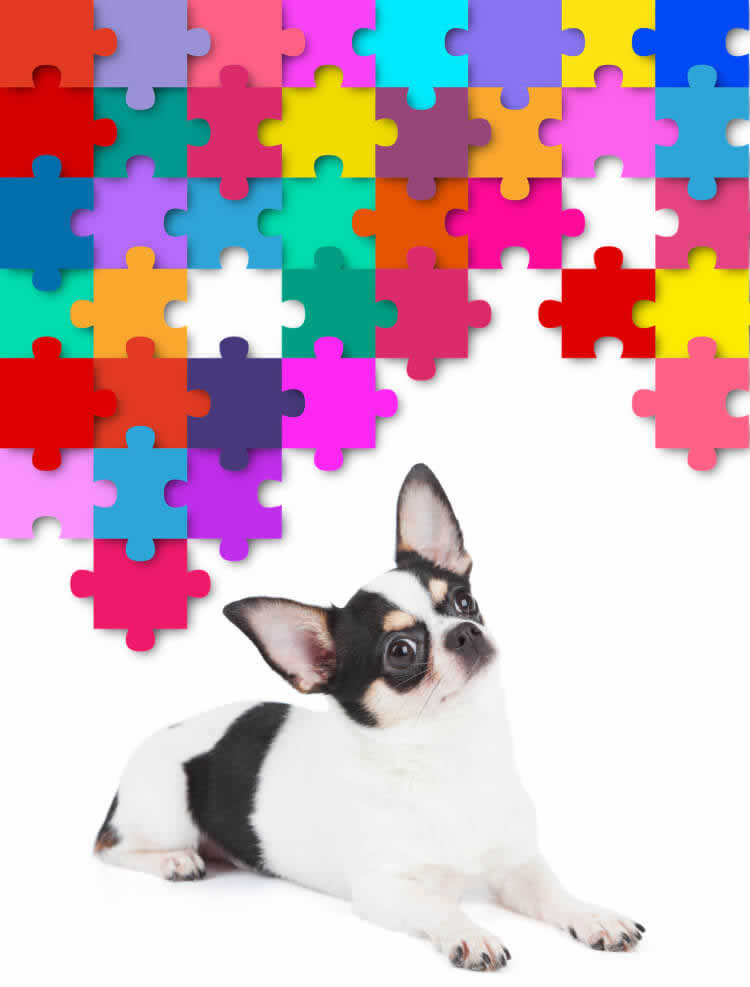
In “The Intelligence of Dogs,” Coren notes that Chihuahuas are good at solving problems. They don’t always need the assistance of their owner or solve problems. Rather, Chihuahuas can often solve problems on their own, indicating a high level of adaptive intelligence.
Chihuahuas develop problem-solving skills at a young age. As puppies, they may learn how to escape a gated indoor area or how to open a treat jar. Chihuahuas will continue to refine their problem-solving skills as they enter and progress through adulthood.
Communication
They may not speak our language, but Chihuahuas can still communicate with us. Chihuahuas, in fact, exhibit some of the best dog-to-human communication skills in the canine kingdom. Using both verbal and nonverbal forms of communication, they can let their owners know what they need.
If your Chihuahua wants to be covered up, he may scratch at the blanket, waiting for you to pull it over him. If your Chihuahua is hungry but has an empty food bowl, he may push it toward you, believing you will refill it. If he wants you to wake up in the morning, he may lick your face. These are examples of nonverbal communication.
Verbal communication involves barking or other noises. If your Chihuahua needs to go potty, he may bark at the door. If your Chihuahua is about to have a seizure, he may whine or whimper at your feet. If he wants to play, he may perform a high-pitched, energetic bark. If there’s a stranger walking by the front of your house, your Chihuahua may perform a low-pitched bark or growl while looking out the window.
Name Recognition
Chihuahuas can recognize names — and not just their own names. They can recognize the names of people, toys and other pets.
You can teach your Chihuahua new names through repetition. Repeating the name of the person, toy or other pet over and over will allow your Chihuahua to develop an association between the two. He will begin to associate the name with the person, toy or other pet.
Big Brain
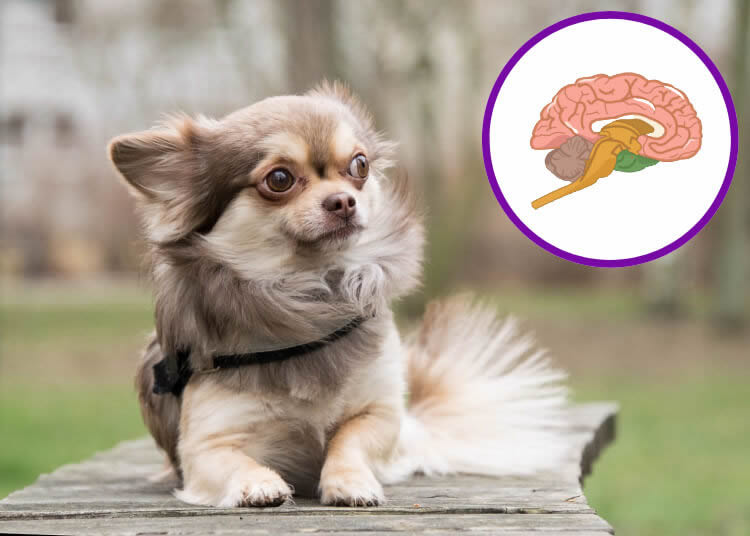
Chihuahuas have the largest brain relative to their body size in the canine kingdom. A typical Chihuahua’s brain measures about 2.25 to 2.5 inches in diameter and weighs approximately 1.94 grams (55.1 grams). That’s about the same size as a small lemon and the same weight as a dime.
Other breeds may have larger brains, but they fall short of the Chihuahua’s brain-to-body ratio. The average brain-to-body for all breeds is about 1:125, meaning the brain of a typical dog is about 125th the size of the dog’s body. There are slight variations in brain-to-body ratios from breed to breed, however. Because Chihuahuas are so small, their brains are proportionally larger, compared to their body size, than all other breeds.
Skilled Watchdogs
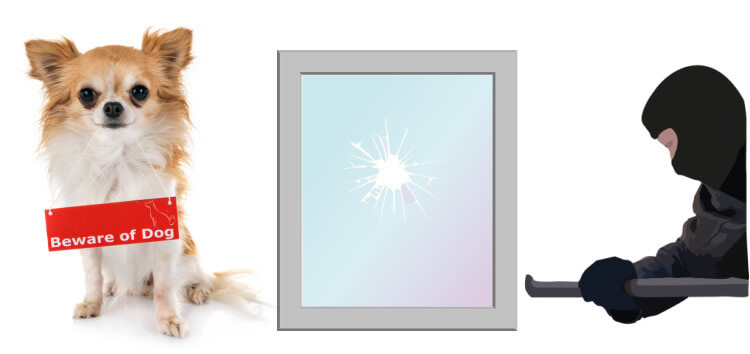
Chihuahuas are naturally skilled watchdogs. They are alert, protective dogs that will sound the alarm for potential threats. Whether there’s a wild animal roaming in your backyard, a burglar trying to break in through a window or even a fire starting in your kitchen, your Chihuahua will probably let you know.
Watchdogs alert their owners to the presence of threats by barking. In “The Intelligence of Dogs,” Coren lists Chihuahuas as #6 on his list of the top #15 watchdog breeds. Coren contacted over a dozen canine experts to create this list, many of whom were professional trainers and dog masters for police departments. After analyzing their responses, Coren concluded that the Rottweiler was the #1 watchdog breed among the experts, with the Chihuahua coming in at #6.
Sounding the alert for potential threats requires a certain level of intelligence. Watchdogs must be aware of their surroundings, have a loud bark, have excellent vision and hearing, and they must be able to distinguish between normal and not-normal sights and sounds. Their small size makes them less-than-ideal guard dogs, but Chihuahuas make excellent watchdogs.
Brain Games for Your Chihuahua
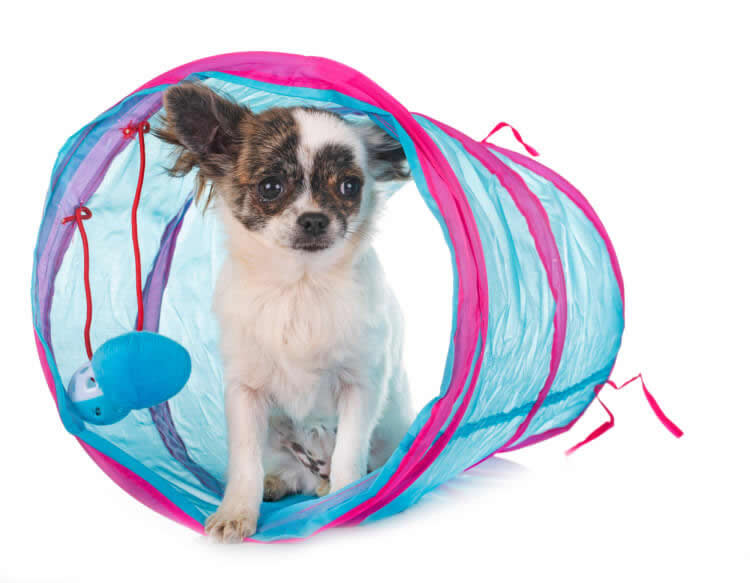
Looking to mentally stimulate your Chihuahua? There are a variety of brain games you can play with him. Brain games are toys or activities that require your Chihuahua to think. Brain games are essentially problem-solving exercises for the brain.
You can challenge your Chihuahua’s cognitive capabilities with a hidden treat toy. As the name suggests, hidden treat toys are toys that contain a hidden treat (or food). They require dogs to solve a puzzle to access the treat. Your Chihuahua may have to knock or roll a hidden treat toy in a certain way, for instance.
There are also snuffle mats. Snuffle mats are large mats with pockets or strips of fabric where you can hide treats. They aren’t necessarily toys, but snuffle mats work in the same way. Your Chihuahua will have to use his nose to search for the treat within the snuffle mat.
Scent games can keep your Chihuahua mentally sharp. They involve hiding one or more scents and allowing your Chihuahua to sniff it out. All dogs have a keen sense of smell. A typical dog’s sense of smell is 10,000 to 100,000 times stronger than that of a human’s. Scent games will encourage your Chihuahua to use his sniffer to find treats.
You can hide treats around your home. Alternatively, you can hide a treat in a closed fist, followed by extending both of your hands in front of your Chihuahua. Your Chihuahua will then have to sniff out the hand holding the treat. There are even scent game kits available for sale that contain scented bean bags, sprays or other items for your Chihuahua to sniff out.
Obstacle courses are brain games. Chihuahuas must exhibit both physical and mental skills to complete them. They must walk and balance through the course while mentally processing the obstacles they encounter.
You can create an obstacle course using common items around your home, such as chairs, blankets, pillows, hola hoops, doggie gates and empty cardboard boxes. If you’re going to create an obstacle course, though, make sure it doesn’t pose a risk of injury to your Chihuahua.
Teaching your Chihuahua new names is a form of mental stimulation. He probably already knows his name, but how many other names does your Chihuahua know? You can teach your Chihuahua the names of toys. You can then command your Chihuahua to fetch a particular toy. If he successfully retrieves the right toy, reward him with praise and a treat.
In addition to new names, you can teach your Chihuahua the “drop it” command. It’s an obedience command that involves a dog dropping an item in his possession. If your Chihuahua is holding a treat or toy, the “drop it” command should prompt him to release it.
Not only will the “drop it” command mentally stimulate your Chihuahua; it can keep your Chihuahua from chewing on things he shouldn’t be. If you notice your Chihuahua chewing on the side of your couch or one of your shoes, the “drop it” command will make him stop — assuming you’ve taught your Chihuahua this obedience command.
Hide-and-seek is a multigenerational childhood game that’s popular throughout the world. You can play it with your Chihuahua to keep him mentally sharp while simultaneously building a stronger bond with him. Just find a hiding spot and wait for your Chihuahua to find you.
When playing hide-and-seek with your Chihuahua, don’t hide in the same place each time. Chihuahuas are fast learners. After hiding in the same place two or three times, your Chihuahua will probably remember. For a more mentally stimulating game of hide-and-seek, choose a new hiding spot each time.
Does Age Affect Intelligence?
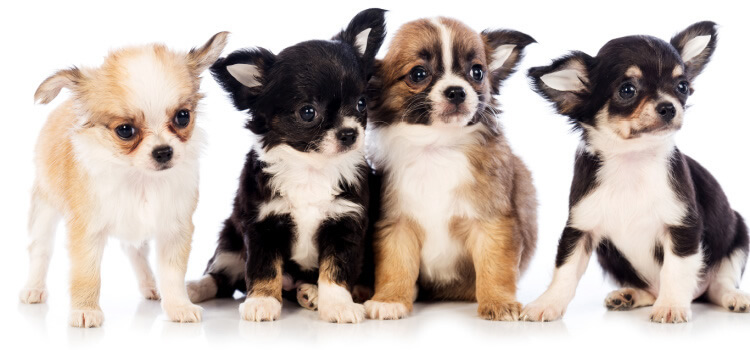
The age of any dog can affect his intelligence. Puppies are like sponges and rely heavily on social learning. They watch their littermates and parents. As they absorb this information, puppies learn how to perform the same tasks, resulting in a higher level of intelligence.
Senior dogs, in comparison, have more experience. They’ve learned how to adapt to their environment and, ultimately, survive. However, senior dogs may experience age-related cognition decline. Their cognitive capabilities may decline as they grow older.
With that said, you can still teach an old Chihuahua new tricks. A study conducted by researchers at the University of Veterinary Medicine Vienna found that all dogs were able to learn; senior dogs simply learned more slowly than younger dogs.
Community Poll: How Smart Is Your Chihuahua?
In Conclusion
Don’t let their small size fool you into thinking Chihuahuas aren’t smart. While individual variation exists within the breed, Chihuahuas are absolutely smart. They have excellent memory and retention, are perceptive of body emotions and body language, are fast learners, are eager to please, can solve problems on their own, can communicate using verbal and nonverbal methods, can recognize names, have larger brains and make excellent watchdogs.
References:
https://news.arizona.edu/story/do-bigger-brains-equal-smarter-dogs-new-study-offers-answers
Do you have a smart Chihuahua? Let us know in the comments section below!
*As an Amazon Associate, Chihuahua Wardrobe earns from qualifying purchases.
If a Chihuahua is 3 months old, how much bigger will she get. She is 3 pounds now.